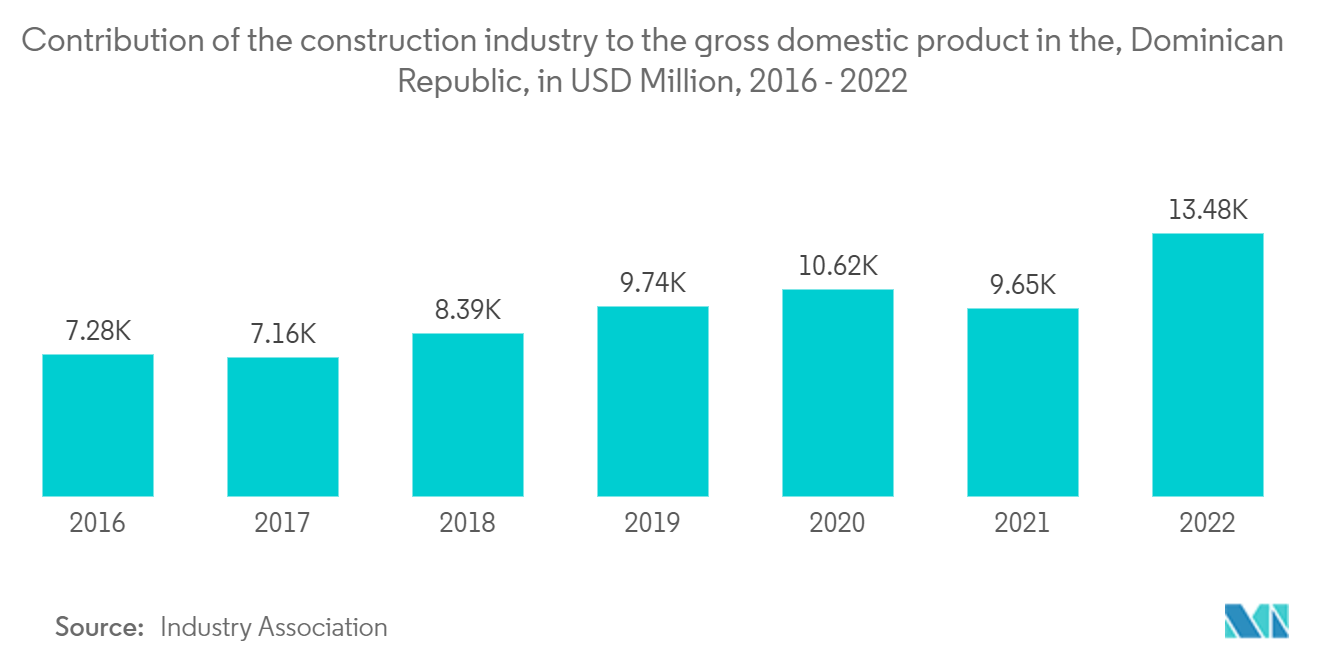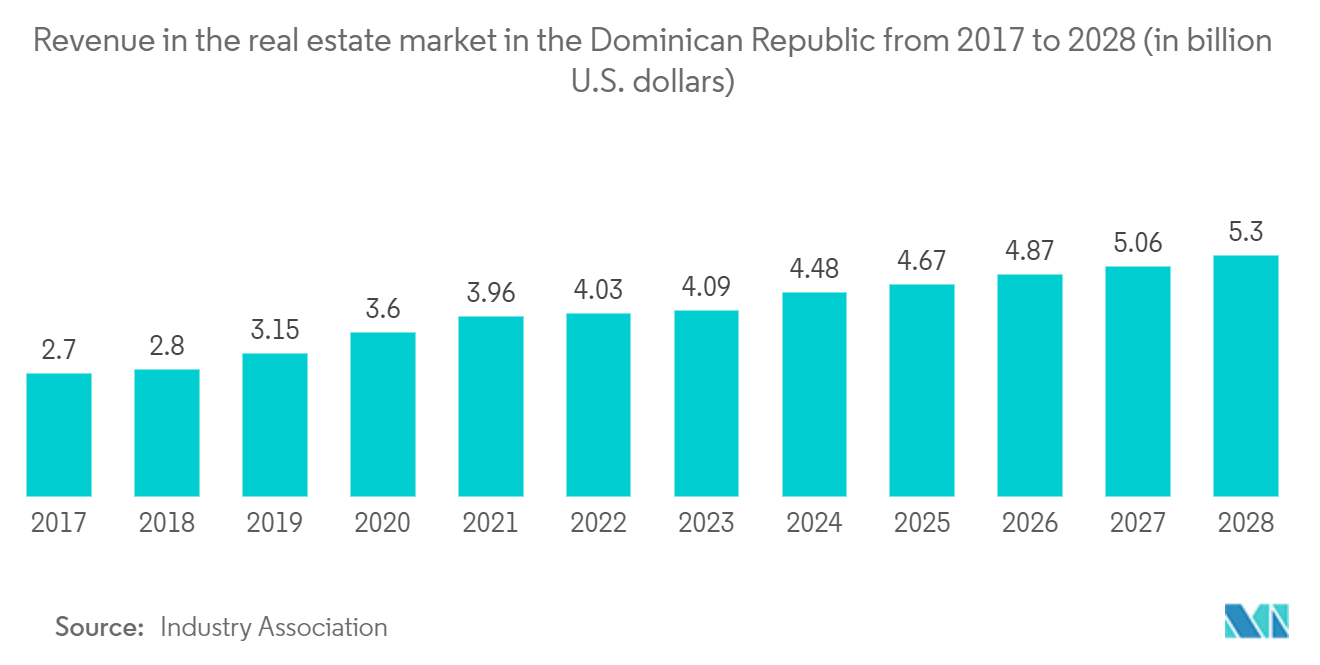Market Trends of Dominican Republic Construction Industry
Rise in commercial construction projects
In the past ten years, the Dominican Republic's economy experienced some of the fastest growth in Latin America and the Caribbean. The same period saw a 24% increase in the hotels, bars, and restaurants industry. A vigorous government vaccination campaign and a rebound in international travel aided it. The fiscal expansion was another factor in growth. Increases in the middle class and a decline in poverty are both results of growth. But it also increased the number of people living in cities. More Dominicans relocated to urban areas in the last 15 years. The country transitioned from being an agricultural society to one dominated by vast metropolitan areas, with an increase in the urban population of 50%. Improvements are required for access to basic goods and services in the areas of education, health, water, and electricity that help increase economic opportunities, increase economic mobility, and protect the population of the poor and vulnerable. Growth sectors still need to support the creation of quality jobs. The population's way of life, particularly that of the more vulnerable, is being impacted by rising inflation rates. End-of-year inflation in 2022 was 7.8% y/y, driven by the impact of supply chain disruptions on global markets and rising transport and food commodity prices.

Increase in Residential construction market in the Dominican Republic
The growth in this sector will be supported by the government's focus on housing development across the country. Demand for new housing is expected to grow in the short and medium term, driven by a low mortgage rate across the country. The rising population and ongoing urbanization are also expected to increase the demand for residential construction over the forecast period. The trend toward sustainable construction is expanding in DR due to growing concerns over accelerating climate change and greater knowledge of how the construction industry contributes to greenhouse gas emissions. Furthermore, top construction firms and regional governments are using sustainable and bio-based building materials to improve the energy efficiency of construction activities. The main trends in the real estate market in the Dominican Republic continue to be the development of important projects in the tourism sector, as well as new projects for the cruise sector after the success story of the Amber Cove project in Puerto Plata. Many well-known international developers continued with multiple projects, some of which are already operational, in the areas of Punta Cana, Bani, Miches, Puerta Plata, Santo Domingo, and the southwest provinces of Pedernales, Barahona, and Peravia – Bani.


